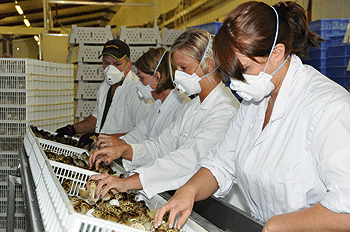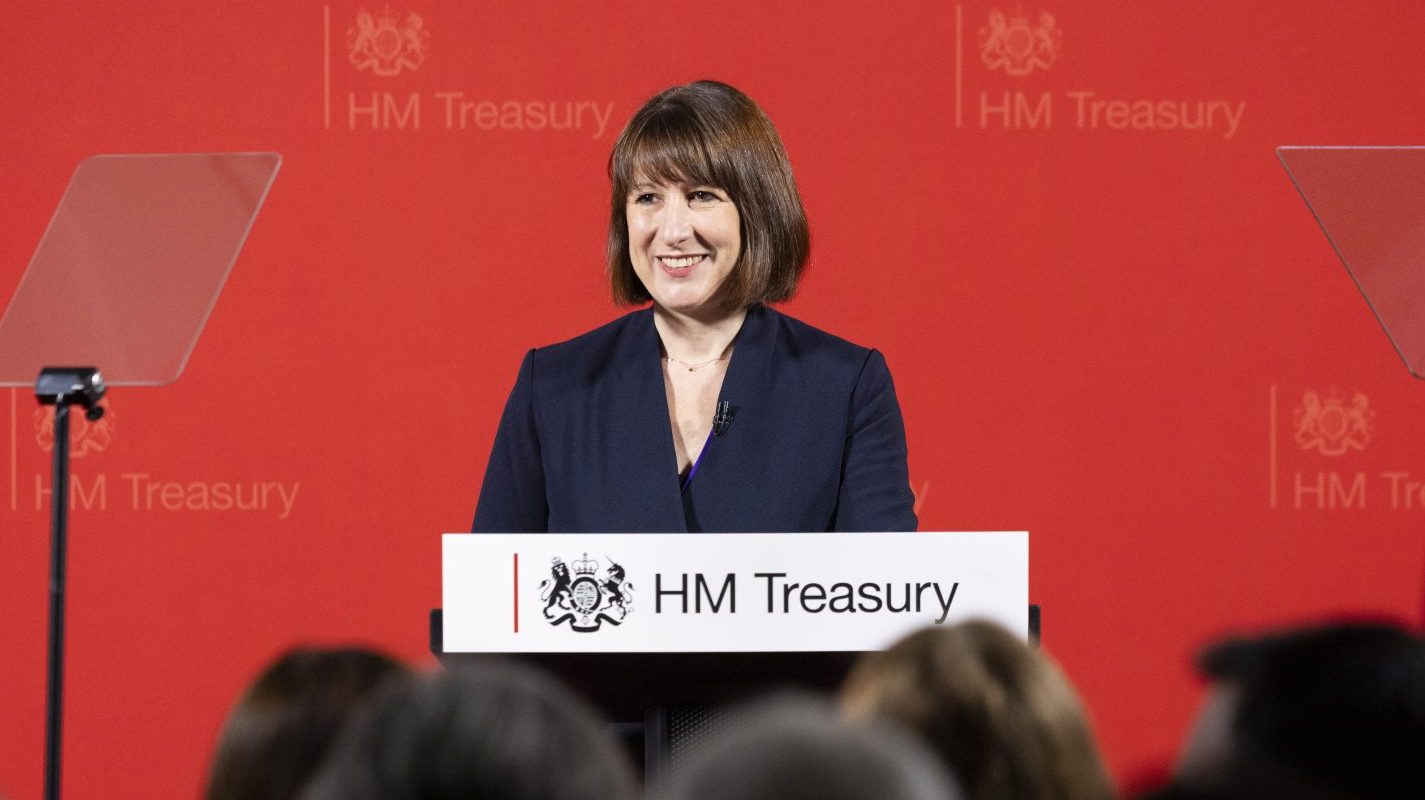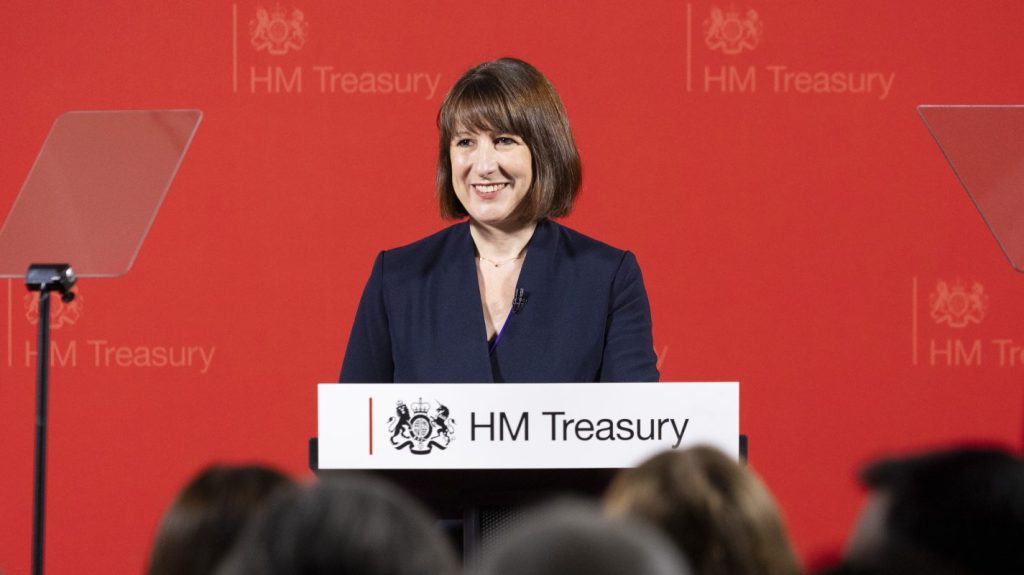News
Game, set and hatch
<strong>Shooters should know where their gamebirds come from, and at Bettws Hall the technological production process is open to all</strong>
Would you like to speak to our readers? We offer sponsored articles and advertising to put you in front of our audience. Find out more.
When it was established back in the late 1980s by Gwyn and Ann Evans, the Bettws Hall gamefarming operation in the hills of Powys was a bit more modest than is the case today. In those days, the nascent enterprise set 1,000 eggs a week during the rearing season using an old turkey incubator. More than two decades later, the scale of the operation has changed a bit. This year, the company is on track to set 5million eggs and hatch 3.75million pheasant and partridge chicks. These are destined to soar over the Guns on the company?s own shoots (which includes such names as Brigands, Vaynor, Molland and Chargot), and on other shoots up and down the country. In anyone?s book, that?s a lot of gamebirds. A few weeks ago I headed to Bettws Hall?s hatchery in the steep green valleys near Welshpool to find out how technology and state-of-the-art equipment are aiding the expansion of one of the UK?s largest gamefarming operations.
The first thing that strikes you is how discreet the enterprise is. In the little village of Bettws Cedewain, you have to look hard for signs of such industry. Six years ago, the animal rights group Animal Aid ?investigated? the site in order to expose the use of raised laying units when their use here was still in its infancy. They should have knocked on the door. Despite a tersely worded disease control notice at the end of the drive up to the hatchery, like any forward-thinking game farm, the company is not shy of showing shooters where their birds come from. Bettws Hall encourages potential customers to visit to discover what it considers to be significant advantages offered by its production methods. While economies of scale may benefit the spreadsheet, a gamefarm is judged on the quality of its product, and it soon becomes clear that this is as much a motivation as the bottom line.
A £1million investment
At the top of the winding drive sits a recently constructed red brick unit ? the sort of building that you could find on any industrial estate up and down the country, but as Will Criddle, Bettws Hall?s shooting manager, explains, it?s a building that, in the past three years, has incorporated well in excess of £1million-worth of investment in the latest gamefarming equipment. The hatchery serves the laying fields situated both at the headquarters and at satellite gamefarms in the immediate area. On the main site?s own laying fields, eggs from over-wintered common ringnecks and Japanese greens are produced. Bettws Hall also catches up some of their laying stock from estates where specific first cross birds have been released. This enables them to produce second cross birds for the subsequent season. This is dependent on how well they performed in the past season. For example, as Will notes, the birds at Kempton flew particularly well last season, so hens and cocks from there formed part of the rearing base for this season. By 2012, the intention is to use only hens from the over-wintered closed flock to improve quality of the young stock produced. This month, the 30,000 strong laying flock will be sold on as ex-layers.
Once collected and brought to the hatchery, every week from April to June up to half a million eggs are set in the steady hum of the latest egg setting machines manufactured by a specialist gamebird incubation company. ?We first tested two of these new machines three years ago,? explains Richard Crofts, the stock sales manager for Bettws Hall who clearly relishes the advantages such technology confers, adding, ?we put another six machines in last year and a further six in this year.?
They?re not small ? each has a capacity for 90,000 pheasant eggs. That in itself is not the most striking aspect, however, since every machine is a key link in the data chain that follows each egg. A vast array of information, including the precise heat and humidity state of the machine at all stages of its operation, is logged in order to trace the production of every chick. Using this data, the machines can be adjusted either on-site or remotely. If necessary, they are even programmed to place alarm calls through to a succession of staff members? mobile phones, for example, if the temperature happens to vary unexpectedly in the middle of the night. This is unlikely given the presence of a huge back-up electricity generation unit that supplies sufficient power for the entire site.
Travelling by night
The technology doesn?t stop there. Once eggs are hatched, as happens every Tuesday, a giant conveyor belt ? the Breuil automatic counting machine, the first of its kind in the game industry in the UK ? dispatches precise numbers of chicks into waiting boxes for delivery either as day-olds to waiting customers or for rearing on to poults either in traditional brooder sheds with grass runs and top hat feeders, or larger, more automated sheds where feeding lines and nipple drinkers allow for less disturbance by staff. At every stage, handling of newly hatched birds is kept to a minimum.
Parked outside the hatchery, ready for day-olds, is part of the company?s fleet of delivery vehicles, which includes eight vans, two chick lorries and four specialist poult lorries. ?Our poults typically travel at night,? says Richard, and for good reason too: ?They?re always more settled and our aim is to get them to their destination at around 6am no matter where we have to travel.? Part of the way in which stress is reduced is by regulating the birds? temperature during delivery, consequently each of the vehicles is temperature controlled and monitored. Richard explains how every 30 seconds a reading is taken and relayed back to base where the conditions on-board are recorded. This enables the company to give the best-informed advice to the keeper taking charge of the chicks on arrival. As with the new incubation machines, this technology doesn?t come cheap. The cost of fitting what amounts to an incubator on the back of the chick lorries, for example, is £60,000 a throw.
Bird welfare
Consideration of the birds? welfare at every stage makes sound sense from a business perspective ? the consequences of a major disease outbreak on rearing fields of this size would be significant, which in part explains why the rearing of poults is undertaken both on site and also by contract rearers in the area, thereby spreading the exposure to risk. But before any disease outbreak has a chance to have an impact, the company is confident it will have picked up the problem. A vet is on site three days a week to monitor all the birds, while post-mortems of healthy chicks and poults are conducted as a matter of course once a week.
The operation is undeniably smooth, but there is no disguising that it is conducted on a magnitude that makes most other gamefarms look significantly smaller. Critics of such large-scale operations point to the industrial nature of the enterprise, but as Richard Crofts asserts: ?If we didn?t use bigger machines and more efficient technology like this, we simply couldn?t compete with French producers.?
Having seen the work that goes into maximising efficiency and minimising stress throughout the egg-production and rearing operation, I had to consider where criticism of raised laying systems such as those used at Bettws Hall is directed. Is it the fact that six hens and one cock are kept in laying units for several months at a time (the ratio is eight hens to one cock in Bettws Hall?s traditional 10x10s)? Or is it more about the units? size, appearance and the nature of the conditions? Or is it the scale of the operation?
Clearly, it is a combination of all these points, but having seen Bettws Hall?s raised laying units up close, two things were starkly clear: the birds do not wander around in their own faeces and the eggs themselves are produced far more cleanly than is possible when they are collected off the floor in traditional units.
If, as shooters, we demand the strongest birds at the best price, modern advances have a role to play. Visually, they may be far removed from the broody hens of the past, but they allow for efficiency, a high degree of control and unimpeachable traceability. If we want a more traditionally reared bird then we should be prepared to pay. The options are available, but it is incumbent on us as shooters to know where our birds come from.
Related articles
News
PETA attacks royal couple for breeding cocker pups
The Prince and Princess of Wales have faced criticism from animal rights group PETA after they had a litter of puppies
By Time Well Spent
News
Farmers launch legal review against Reeves’s farm tax
Chancellor Rachel Reeves faces a judicial review over inheritance tax reforms that could force family farms out of business
By Time Well Spent
Manage Consent
To provide the best experiences, we use technologies like cookies to store and/or access device information. Consenting to these technologies will allow us to process data such as browsing behavior or unique IDs on this site. Not consenting or withdrawing consent, may adversely affect certain features and functions.
Functional Always active
The technical storage or access is strictly necessary for the legitimate purpose of enabling the use of a specific service explicitly requested by the subscriber or user, or for the sole purpose of carrying out the transmission of a communication over an electronic communications network.
Preferences
The technical storage or access is necessary for the legitimate purpose of storing preferences that are not requested by the subscriber or user.
Statistics
The technical storage or access that is used exclusively for statistical purposes.
The technical storage or access that is used exclusively for anonymous statistical purposes. Without a subpoena, voluntary compliance on the part of your Internet Service Provider, or additional records from a third party, information stored or retrieved for this purpose alone cannot usually be used to identify you.
Marketing
The technical storage or access is required to create user profiles to send advertising, or to track the user on a website or across several websites for similar marketing purposes.





